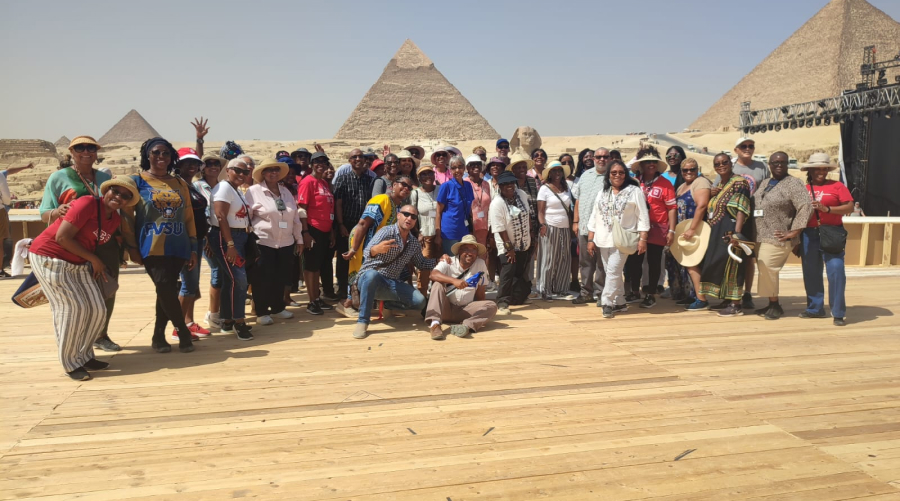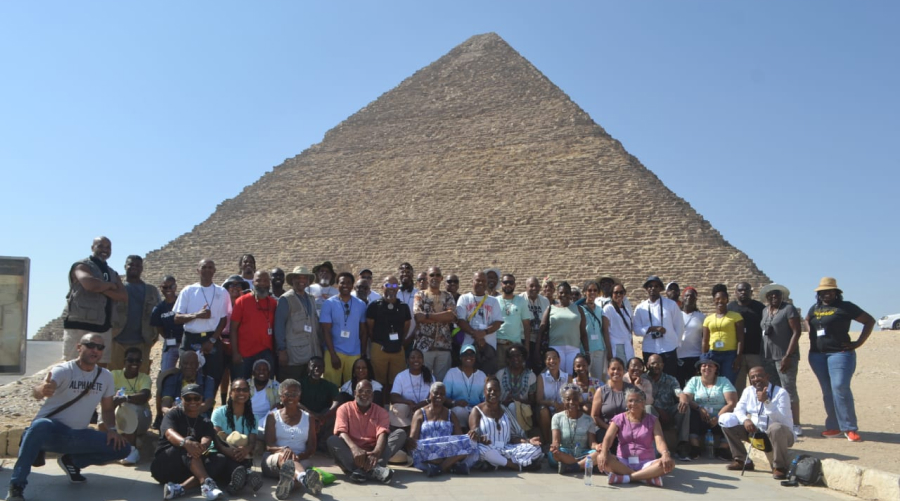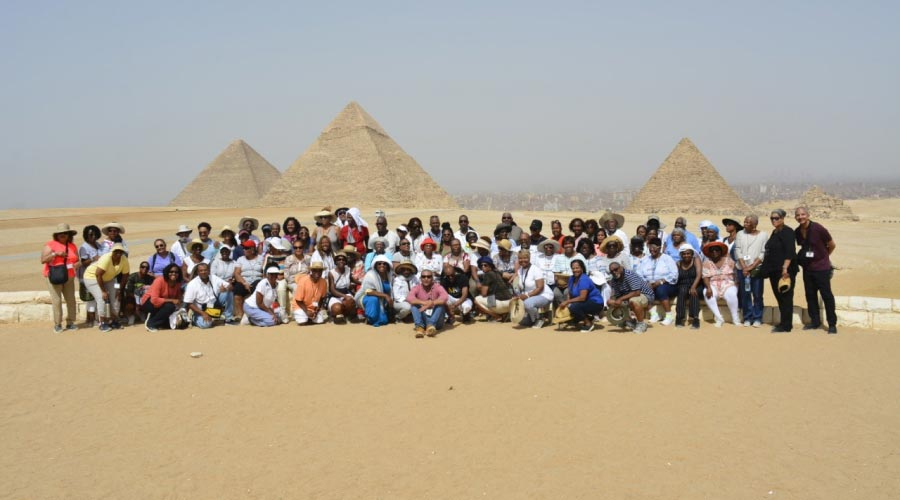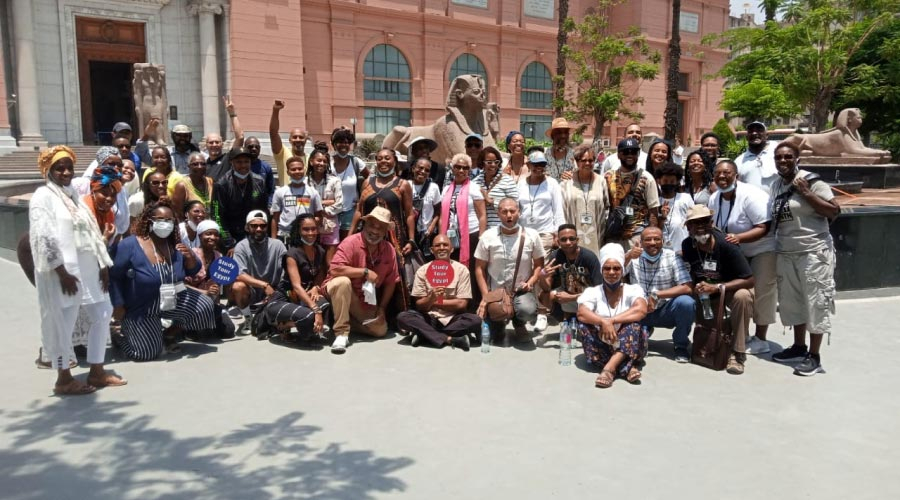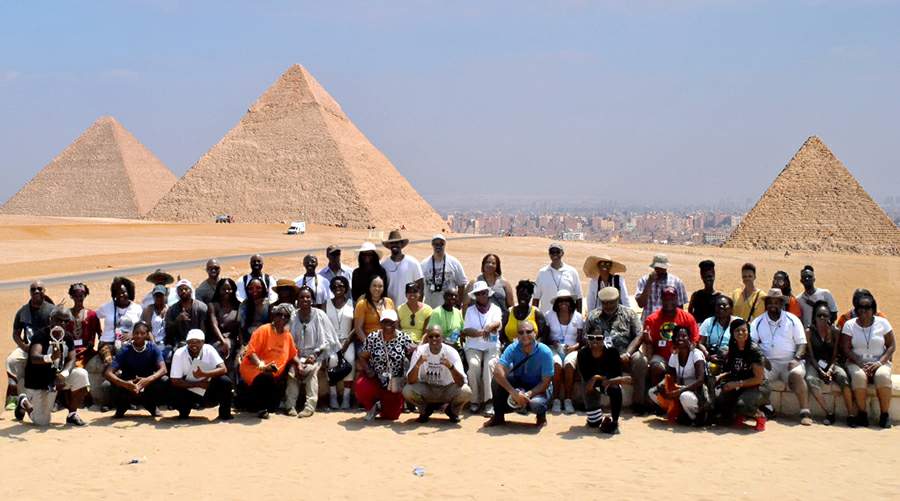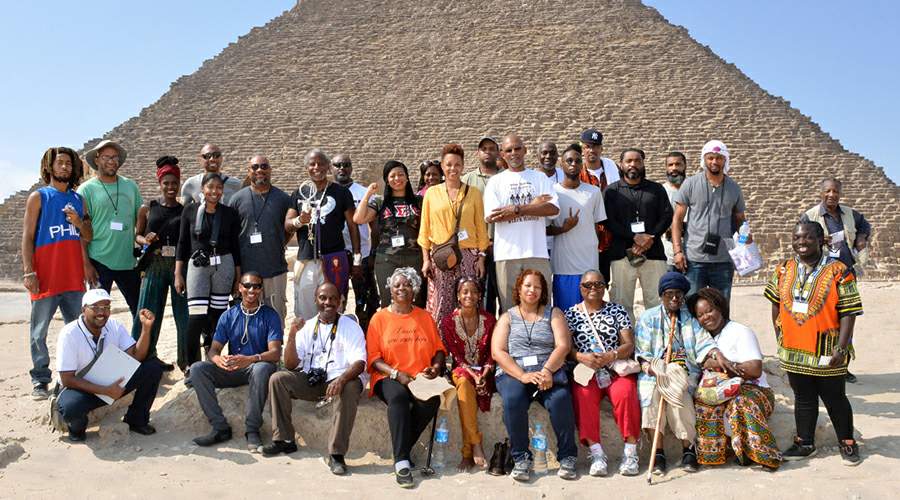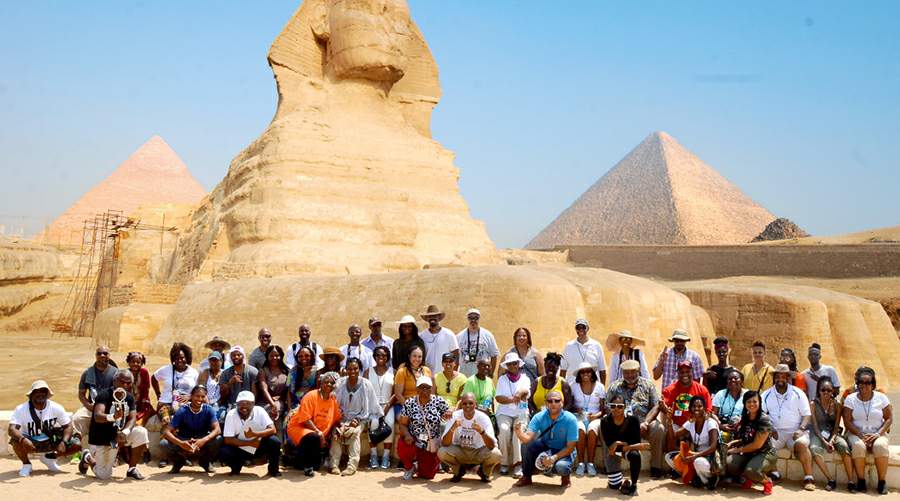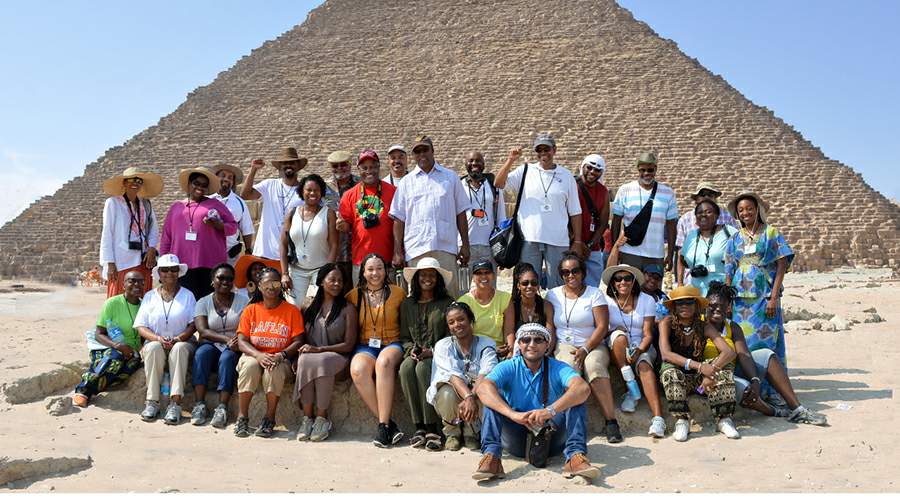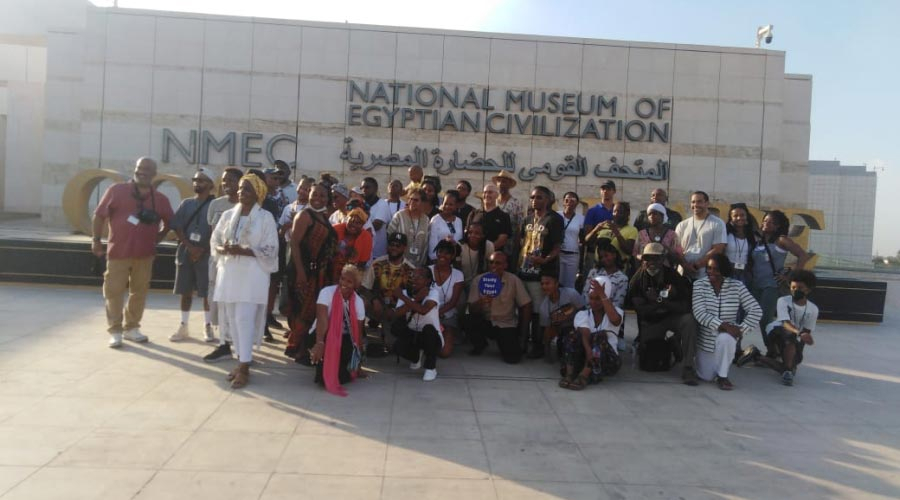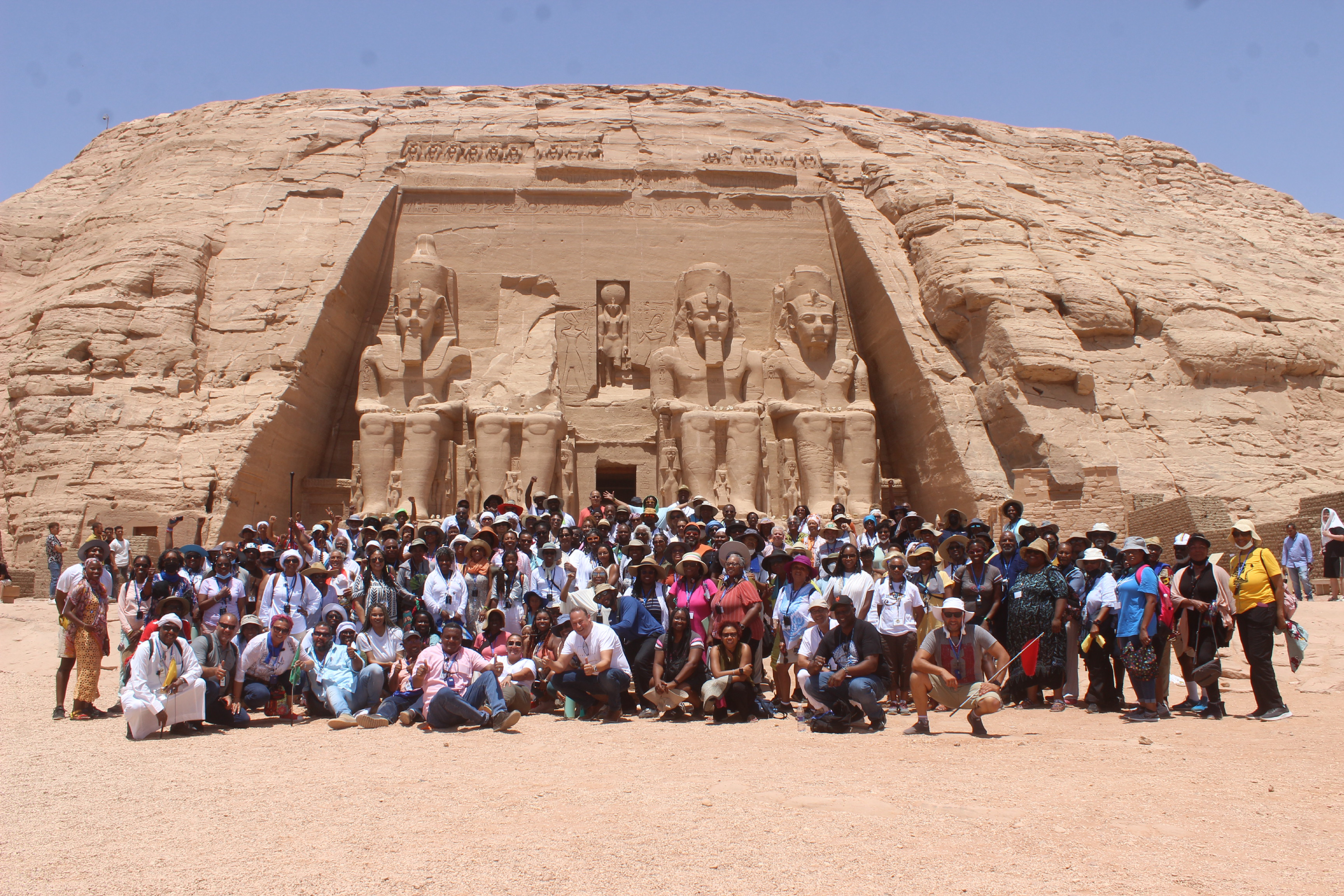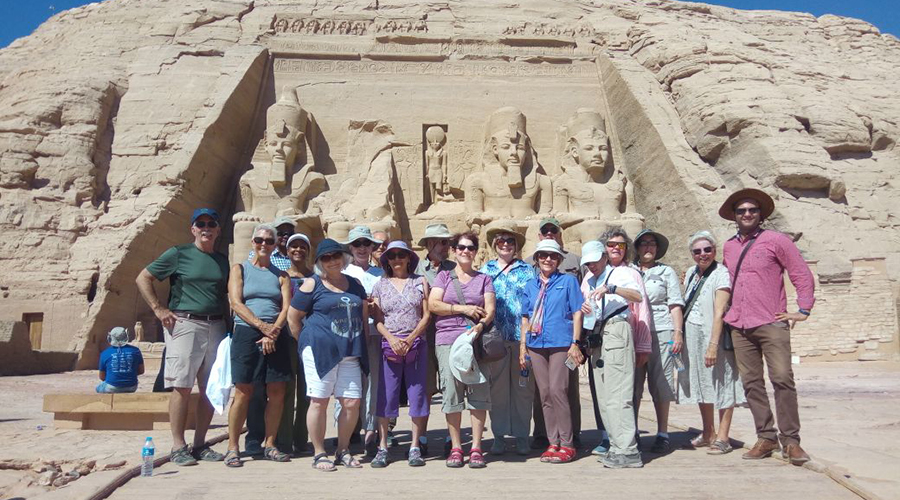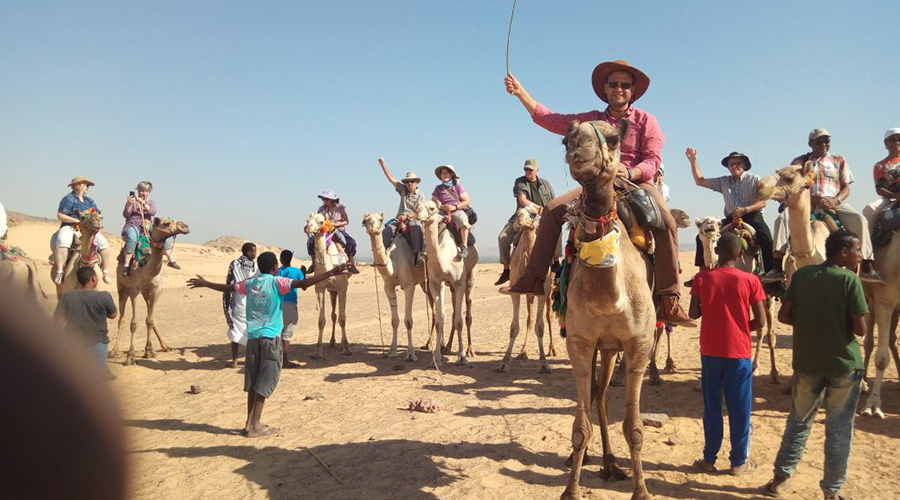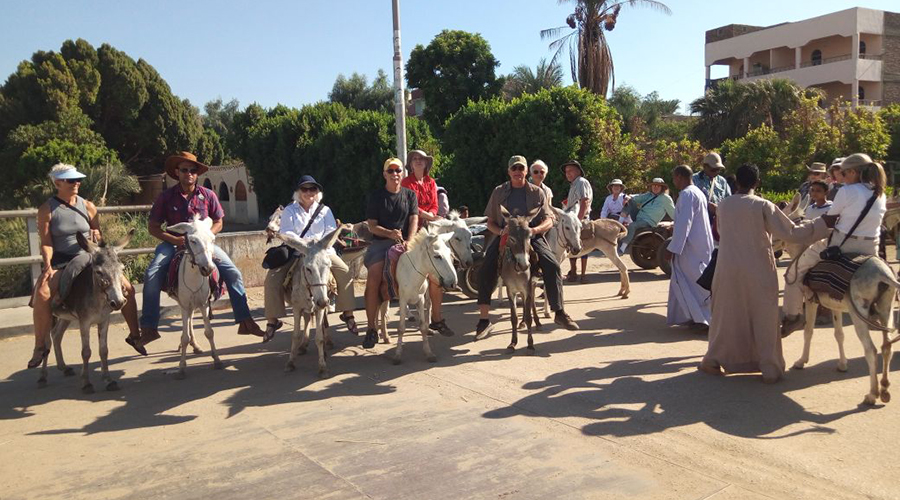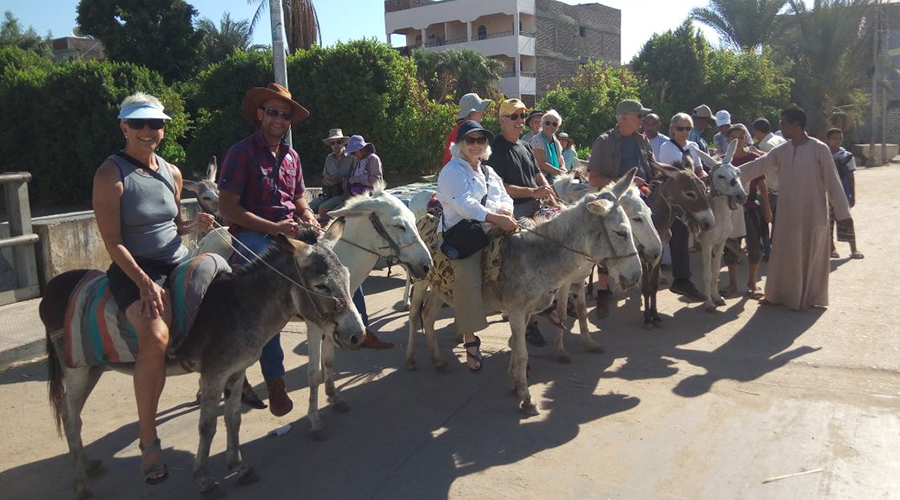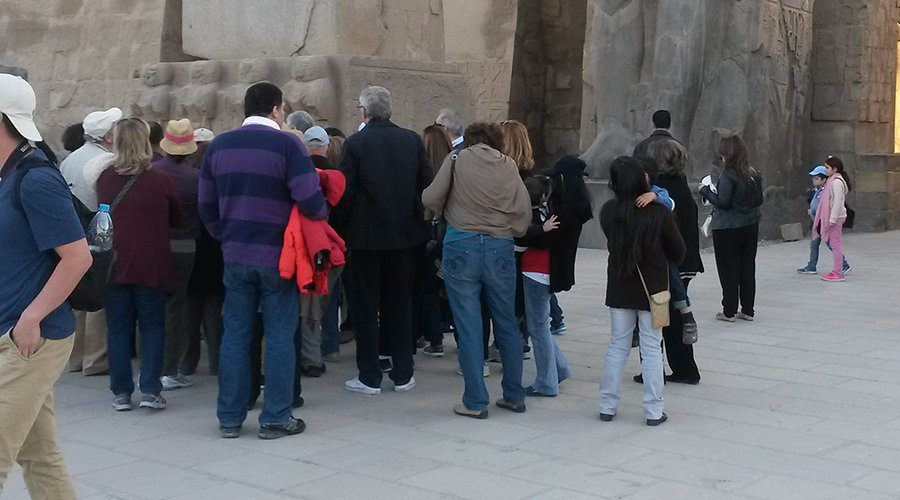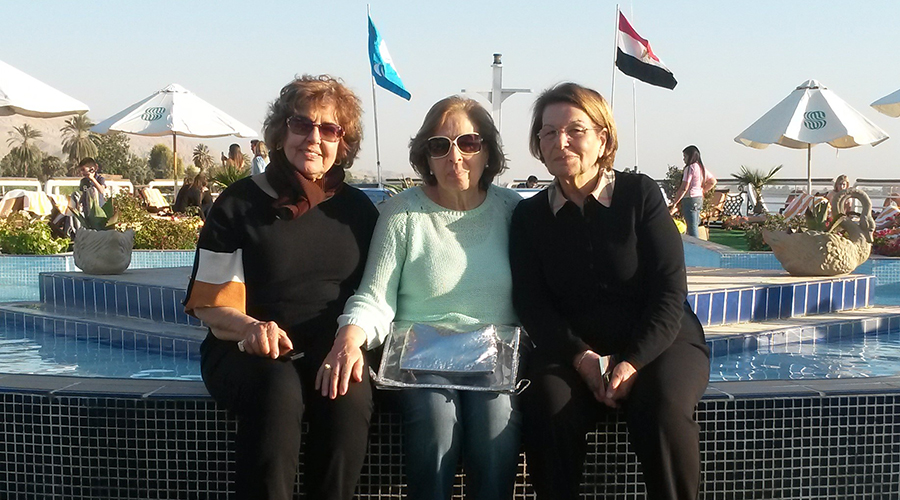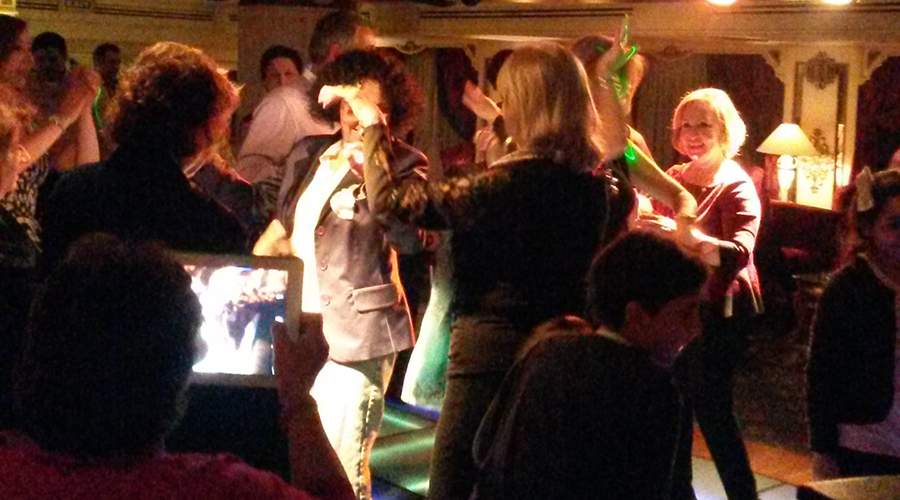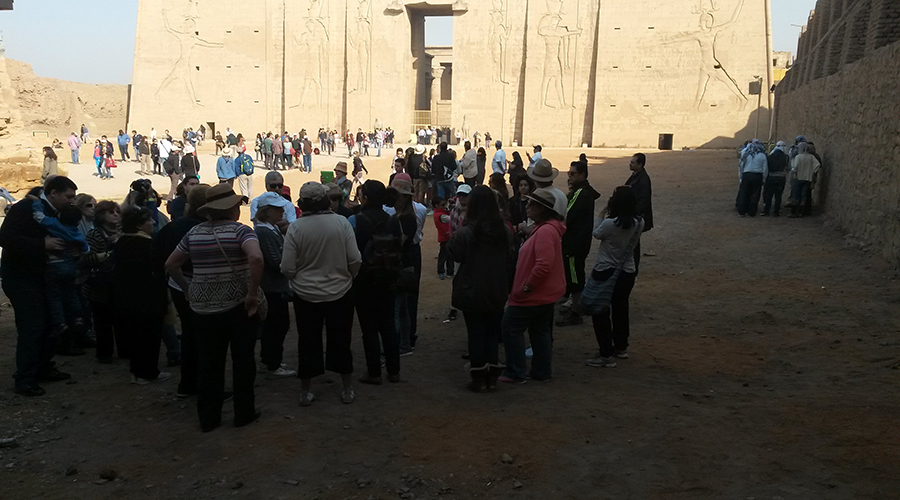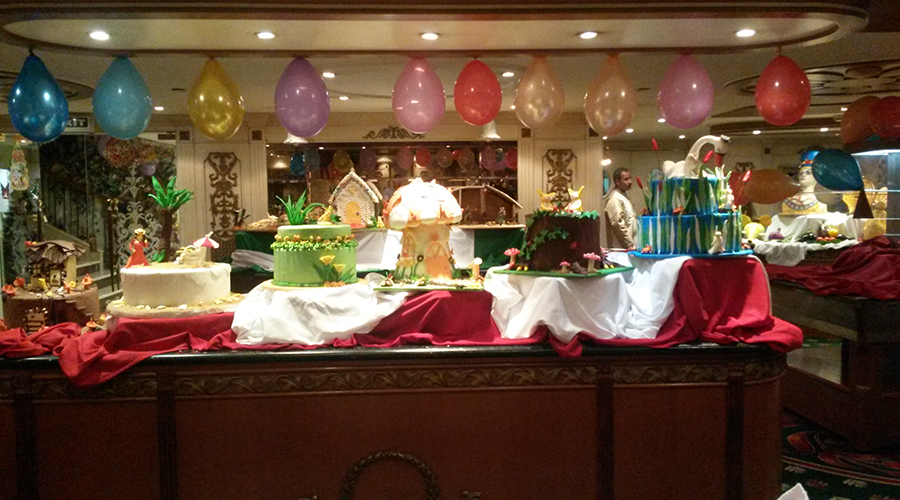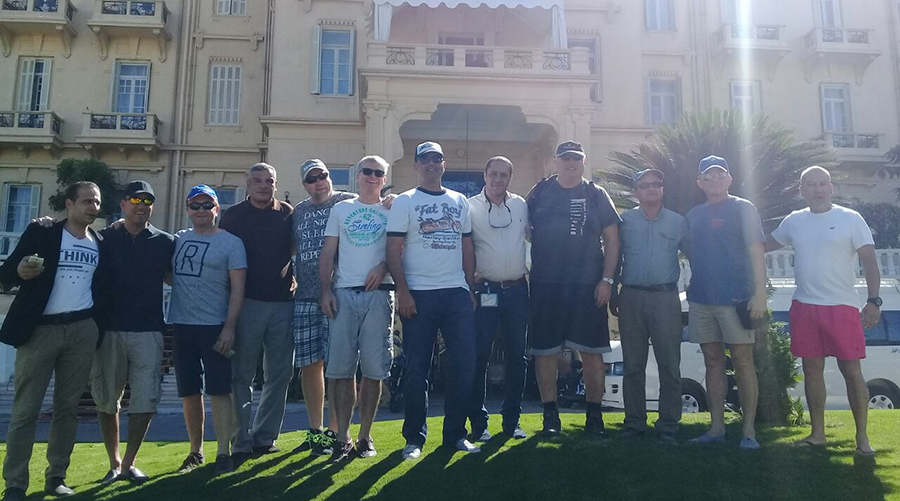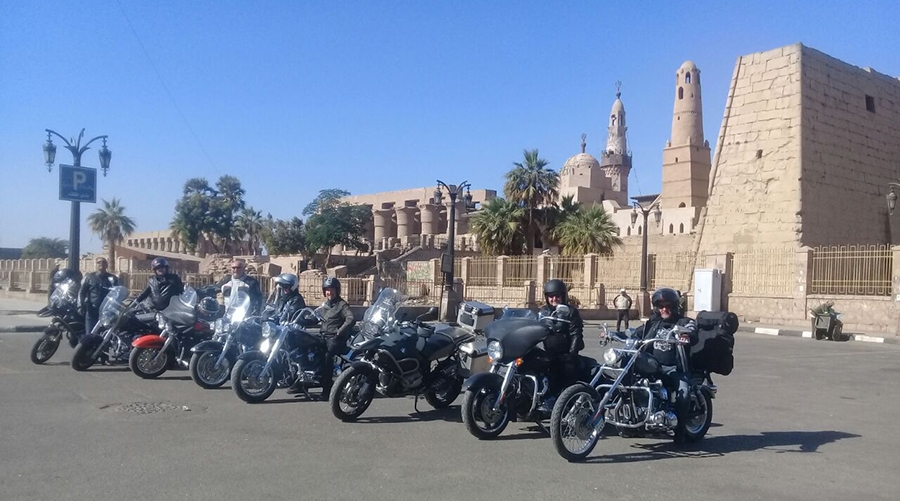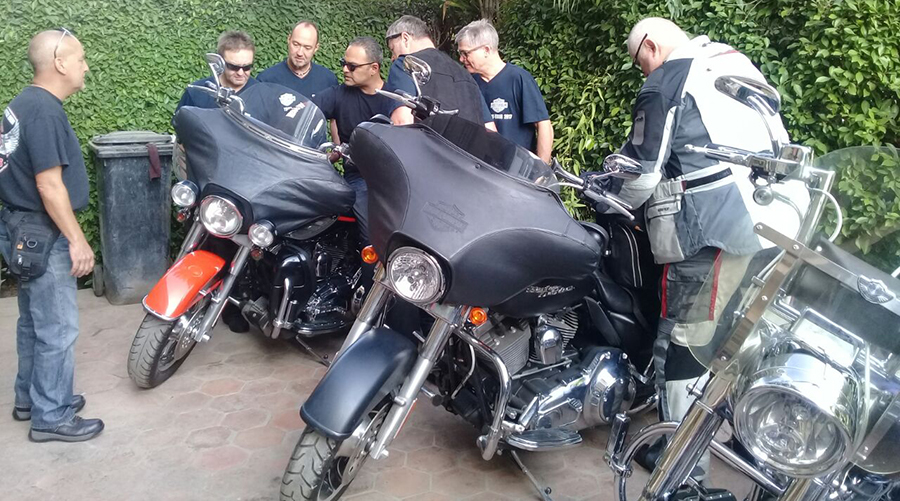SINAI
The Sinai Peninsula or Sinai is a triangular peninsula in Egypt about 60,000 km2 (23,000 sq mi) in area. It is situated between the Mediterranean Sea to the north, and the Red Sea to the south, and is the only part of Egyptian territory located in Asia, as opposed to Africa, serving as a land bridge between two continents. In addition to its formal name, Egyptians also refer to it as Arḍ ul-Fairūz ("the land of turquoise"). The ancient Egyptians called it Mafkat, or "land of the green minerals".
ST. CATHERINE MONASTERY:
Saint Catherine's Monastery commonly known as Santa Katarina, its official name being Sacred Monastery of the God-Trodden Mount Sinai lies on the Sinai Peninsula, at the mouth of a gorge at the foot of Mount Sinai, in the city of Saint Catherine in Egypt's South Sinai Governorate. The monastery is Orthodox and is a UNESCO World Heritage Site. Built between 548 and 565, the monastery is one of the oldest working Christian monasteries in the world, according to UNESCO report 60100 ha / Ref: 954.
The monastery was built by order of Emperor Justinian I (reigned 527-565), enclosing the Chapel of the Burning Bush (also known as "Saint Helen's Chapel") ordered to be built by Helena, the mother of Constantine I, at the site where Moses is supposed to have seen the burning bush. The living bush on the grounds is purportedly the one seen by Moses. Structurally the monastery's king post truss is the oldest known surviving roof truss in the world. The site is sacred to Christianity, Islam and Judaism.
SHARM EL SHEIKH:
Sharm el-Sheikh is a city situated on the southern tip of the Sinai Peninsula, in South Sinai Governorate, Egypt, on the coastal strip along the Red Sea. Its population is approximately 35,000 as of 2008. It is the administrative hub of Egypt's South Sinai Governorate, which includes the smaller coastal towns of Dahab and Nuweiba as well as the mountainous interior, Saint Catherine's Monastery and Mount Sinai. Nowadays it is a major touristic hotspot and resort city. Sea coral reef sites make Sharm El Sheikh a magnet for divers and eco-tourists. The tourist economy of this Sinai Peninsula city has grown quite rapidly over the last few decades, resulting in a spur of first-class resorts and posh nightlife.
RAS MUHAMMAD:
The park is situated in the tourist region of the Red Sea Riviera, located 12 km from the city of Sharm-el-Sheikh. The park spans an area of 480 km², including 135 km² of surface land area and 345 km² area over water. Marsa Bareika is a small bay inlet in Ras Mohammed, and Marsa Ghozlani is a very small inlet located across from the park visitors center. Ras Muhammad is the most famous national park in Egypt and one of the most famous diving sites in the world. A national park that is located between the rich coral reefs of the Red Sea and the inland desert of the Sinai- it covers the coral headland at the southernmost tip of Sinai.
Ras Mohammad encompasses two islands, Tiran and Sanafir. Tiran Island is located approximately 6 km offshore from the Sinai Peninsula. Underwater caves formed as the result of earthquakes are located in Ras Mohammad.
DAHAB:
Formerly a Bedouin fishing village, located approximately 80 km (50 mi) northeast of Sharm el-Sheikh, Dahab is considered to be one of the Sinai's most treasured diving destinations. The arrival of international hotel chains and the establishment of other ancillary facilities has since made the town a popular destination with tourists. Dahab is served by Sharm el-Sheikh International Airport. Masbat (within Dahab) is a popular diving destination, and there are many (50+) dive centers located within Dahab.





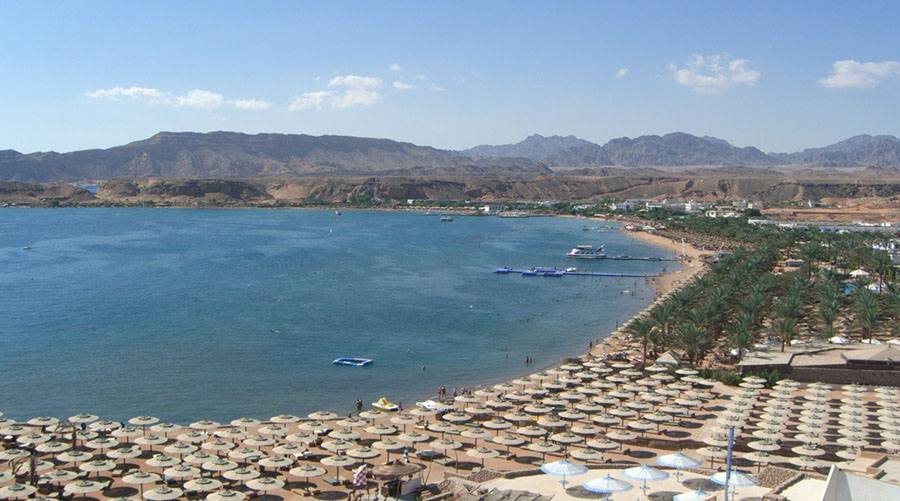
.jpg)
.jpg)
